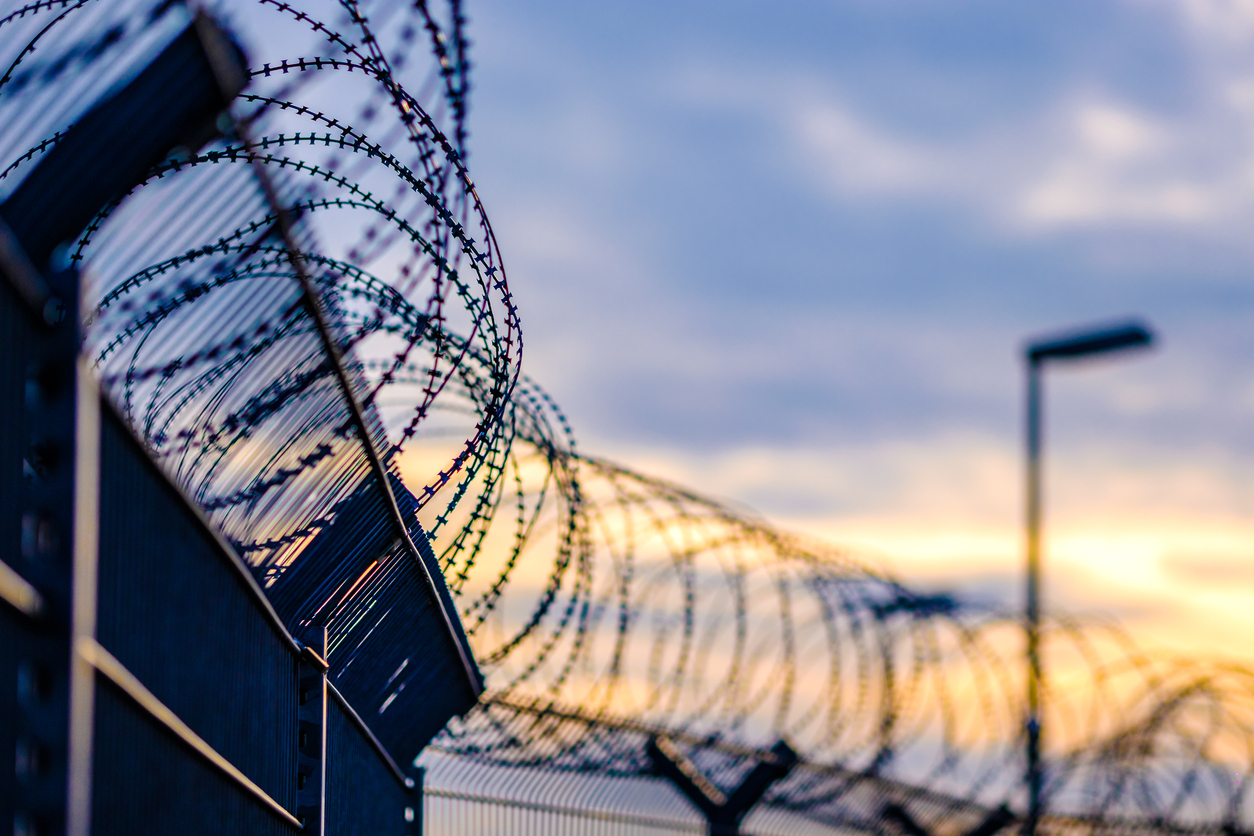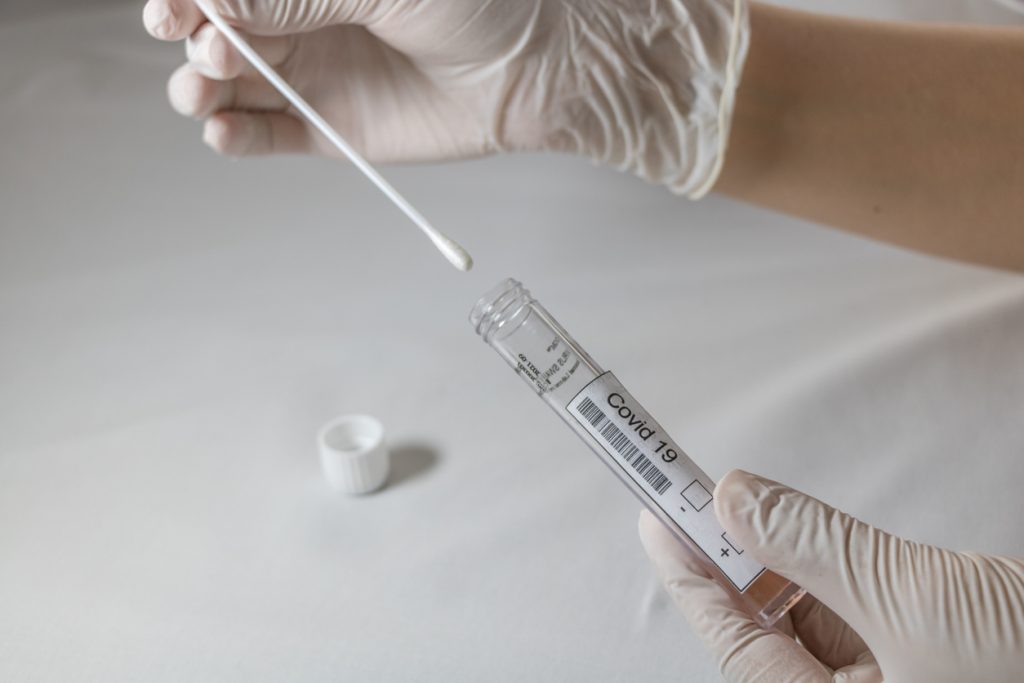
03 Mar Proposed ‘American Rescue Plan’ Would Provide Support To Prisons
In the days leading up to Jan. 20, 2021, President Joe Biden began providing details about how he planned to address COVID-19: the American Rescue Plan. Shortly after the announcement, criminal justice reform advocates across the country began searching the internet. They hoped to find information on what the American Rescue Plan would mean for folks in prison during the pandemic. What they found was somewhat unclear.
The Biden Administration immediately recognized that COVID-19 has overwhelmed most prisons. President Biden’s plan expressly recognized that “1 in 5 state and federal prisoners in the U.S. has had COVID-19….” And it made it clear that more funding was needed “for COVID-19 mitigation strategies, including supplies and physical distancing; safe re-entry for the formerly incarcerated; and the vaccination of both incarcerated people and staff.”
President Biden’s plan therefore included strategies for expanded and free testing for individuals in vulnerable settings like prisons. It also indicated that the Administration would seek physical distancing, re-entry and vaccination as well. But, unfortunately, specifics were hard to come by.
But, earlier this month, the United States House of Representatives released the full language of its proposed version of the American Rescue Plan. And it provides some meaningful clues about how the plan would provide much needed safety to those incarcerated during this pandemic.
What The American Rescue Plan Means For Prisons
Under the bill currently pending in the House of Representatives, Congress would appropriate $1.8 billion “to carry out activities to detect, diagnose, trace, monitor, and report on SARS-CoV-2 and COVID-19 infections, and related strategies to mitigate the spread of 16 SARS-CoV-2, in congregate settings.”

Under the bill, the term “congregate settings” broadly encompasses United States detention facilities. It “includes Federal, State, local, territorial, and Tribal prisons, jails, detention centers (including juvenile detention centers), [and] other correctional, detention, and reentry facilities….”
What Officials Can Use The American Rescue Plan Funds For
Under the proposed bill, the first permissible use for the funds focuses on testing. Specifically, officials must use the funds to “support activities related to testing … including to purchase, procure, or administer tests and supplies necessary for administering and processing such tests to staff of, or individuals residing in, congregate settings, and pay … part or all of the costs to such entities of administering or processing such tests.”
Second, the bill allows officials to use the funds on vaccinations. Specifically, officials must use the funds to “support vaccine-related activities for authorized or licensed COVID-19 vaccines, to provide for the vaccination of staff of, or individuals residing in, congregate settings, and pay … part or all of the costs to such entities of administering such vaccines.”
The bill also allows officials to use the money for personal protection equipment and other safety-related expenses. Specifically, it requires that officials use the funds to “purchase, procure, or distribute personal protective equipment or other products or supplies for use in mitigation of COVID-19 transmission among staff of, or individuals residing in, congregate settings.”
Finally, the bill allows officials to spend the funds on several miscellaneous expenses as well. It states that they may use the funds to “provide technical assistance, guidance, and support and award grants, contracts, or cooperative agreements to State, local, territorial, and Tribal public health departments … and private entities that manage congregate settings….” Officials could also use the funds “for activities to detect, diagnose, trace, monitor, and report on SARS-CoV-2 and COVID-19 infections, and related strategies and activities to mitigate the spread of SARS-CoV-2, in congregate settings.”
Whether The American Rescue Plan Does Enough
Addressing the COVID-19 spread in prisons is challenging. On the one hand, many lawmakers know the virus crushed Americans in one of the most vulnerable environments possible. On the other, some lawmakers have made it quite obvious that they don’t value the well-being of those behind bars. And, making matters worse, this political divide often — but not always — falls along political lines.
For people in prison, the American Rescue Plan ensures funding for some meaningful COVID-19 measures. At a minimum, it should support testing. It should report vaccination, personal protection equipment and other measures as well. But it still might not be enough.

Even before COVID-19 took the nation by storm, jails and prisons across the U.S. weren’t living up to their end of the rehabilitation bargain. Prisoners often found themselves unprepared upon release, and COVID-19 likely made that even worse.
In fact, according to a Council of State Governments Justice Center survey, reentry providers have largely conceded that the pandemic has significantly impacted their work. Roughly three-quarters of the 126 respondents from more than half the states in the country said the pandemic either shut down or limited their programs.
COVID-19’s Impact on Prisoners’ Mental Health
The fear about COVID-19’s impact in prisons, as well as whether the American Rescue Plan does enough to address it, is made worse by the impact COVID-19 has had on everyone’s mental health, including prisoners. The American Rescue Plan addresses that, too.
The plan specifically earmarks $1.75 billion for mental health services. It also earmarks $1.75 billion for substance abuse treatment. These amounts are in addition to funding aimed at mental and behavior health training for healthcare workers. And they’re also in addition to funding for community-based programs as well.
Ultimately, there’s more work to be done when it comes to addressing COVID-19 in prisons. But the American Rescue Plan has several provisions that get those efforts started.

